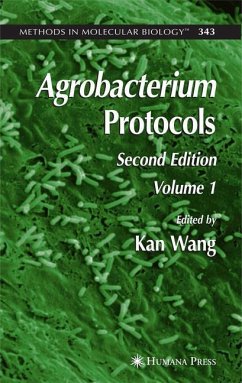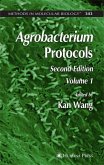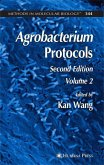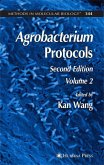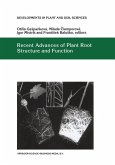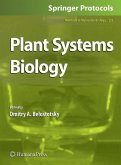Agrobacterium tumefaciens is a soil bacterium that for more than a century has been known as a pathogen causing the plant crown gall disease. Unlike many other pathogens, Agrobacterium has the ability to deliver DNA to plant cells and permanently alter the plant genome. The discovery of this unique feature 30 years ago has provided plant scientists with a powerful tool to genetically transform plants for both basic research purposes and for agricultural development. Compared to physical transformation methods such as particle bomba- ment or electroporation, Agrobacterium-mediated DNA delivery has a number of advantages. One of the features is its propensity to generate a single or a low copy number of integrated transgenes with defined ends. Integration of a single transgene copy into the plant genome is less likely to trigger "gene silencing" often associated with multiple gene insertions. When the first edition of Agrobacterium Protocols was published in 1995, only a handful ofplants could be routinely transformed using Agrobacterium. Agrobacterium-mediated transformation is now commonly used to introduce DNA into many plant species, including monocotyledon crop species that were previously considered non-hosts for Agrobacterium. Most remarkable are recent developments indicating that Agrobacterium can also be used to deliver DNA to non-plant species including bacteria, fungi, and even mammalian cells.
From the reviews of the second edition:
"This book is intended as a laboratory manual for researchers using Agrobacterium tumefaciens for plant transformation. It covers the basics of culturing and transforming Agrobacterium ... . You don't expect a lab manual to be ideal ... reading, but I found this to be surprisingly readable. ... The book would be especially useful for someone just starting plant transformation work or changing to new plant species and ... it would also be useful reading for Masters students." (Heather Macdonald, Microbiology Today, November, 2006)
"Methods in Molecular Biology opens ... a field concerning Agrobacterium-mediated transformation of plants. ... Each chapter is written by the leader in the field ... and offers a detailed manual of the transformation protocol. ... All users of this book will certainly appreciate the notes sections that bring additional information on potential difficulties in the protocols and alternative materials or methods. The book is the fountainhead of recent practical knowledge concerning Agrobacterium-mediated transformation and ... it will become the core manual ... ." (J. BRlZA, Biologia Plantarum, Vol. 51 (2), 2007)
"The book's chapters are organized in a highly detailed fashion, providing readers not only with step-by-step protocols ... but also with a comprehensive list of equipment and materials. ... With such a rich source of information, organized to be easy to read and very simple to implement, the book should be considered a must for every plant biology laboratory. ... It will also be an excellent tool for training students, doctorates, technicians, and other laboratory personnel in the art of plant genetic transformation." (Tzvi Tzfira, Quarterly Review of Biology, Vol. 82, March, 2007)
"This book is intended as a laboratory manual for researchers using Agrobacterium tumefaciens for plant transformation. It covers the basics of culturing and transforming Agrobacterium ... . You don't expect a lab manual to be ideal ... reading, but I found this to be surprisingly readable. ... The book would be especially useful for someone just starting plant transformation work or changing to new plant species and ... it would also be useful reading for Masters students." (Heather Macdonald, Microbiology Today, November, 2006)
"Methods in Molecular Biology opens ... a field concerning Agrobacterium-mediated transformation of plants. ... Each chapter is written by the leader in the field ... and offers a detailed manual of the transformation protocol. ... All users of this book will certainly appreciate the notes sections that bring additional information on potential difficulties in the protocols and alternative materials or methods. The book is the fountainhead of recent practical knowledge concerning Agrobacterium-mediated transformation and ... it will become the core manual ... ." (J. BRlZA, Biologia Plantarum, Vol. 51 (2), 2007)
"The book's chapters are organized in a highly detailed fashion, providing readers not only with step-by-step protocols ... but also with a comprehensive list of equipment and materials. ... With such a rich source of information, organized to be easy to read and very simple to implement, the book should be considered a must for every plant biology laboratory. ... It will also be an excellent tool for training students, doctorates, technicians, and other laboratory personnel in the art of plant genetic transformation." (Tzvi Tzfira, Quarterly Review of Biology, Vol. 82, March, 2007)

